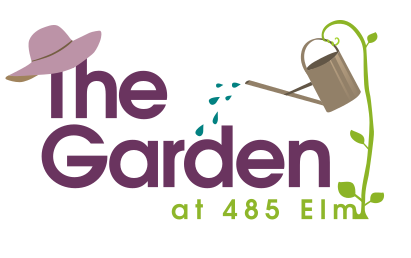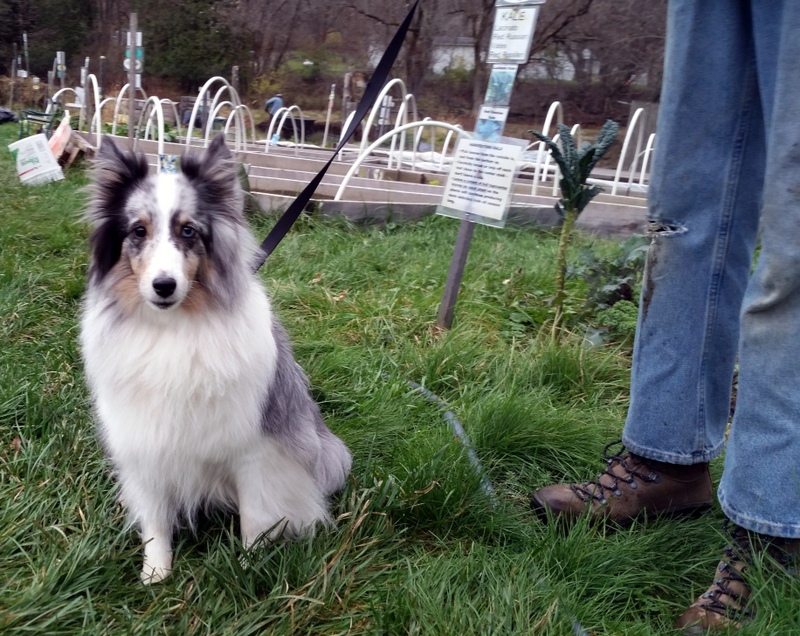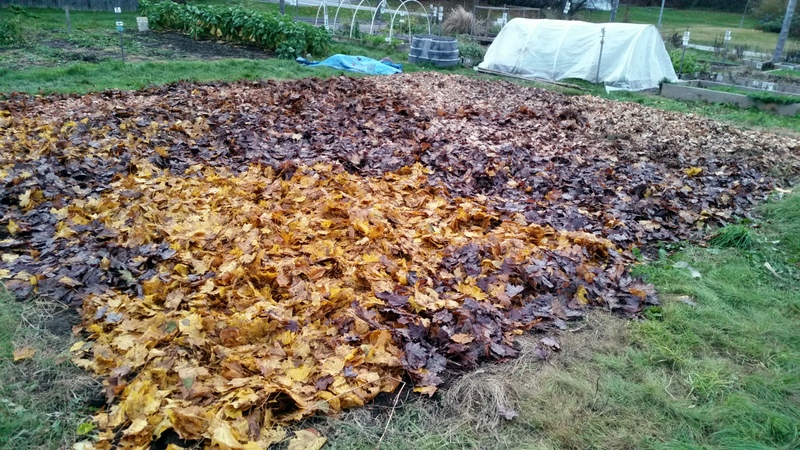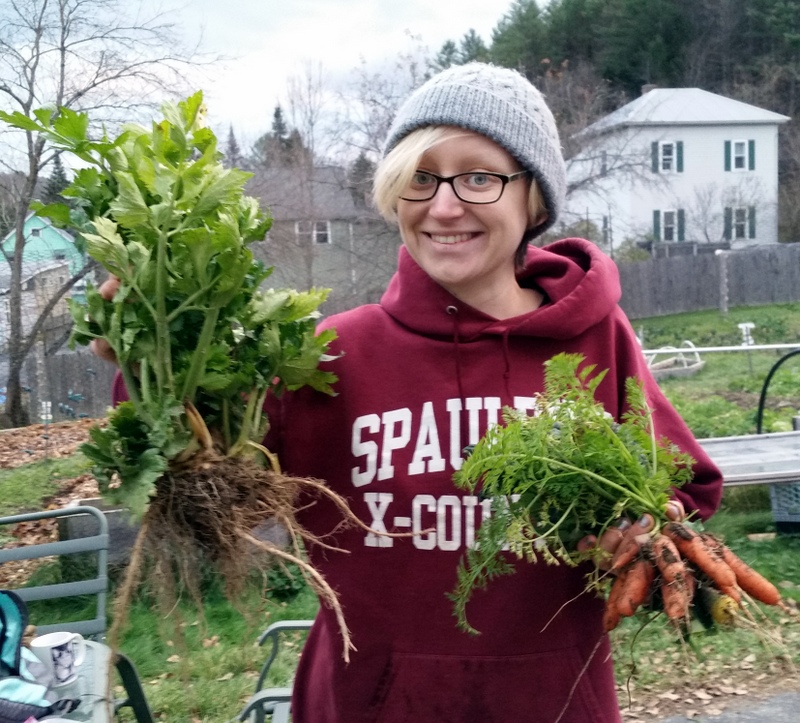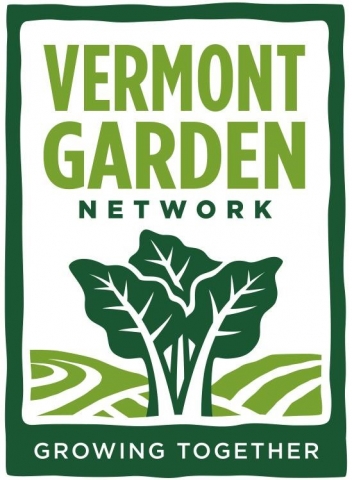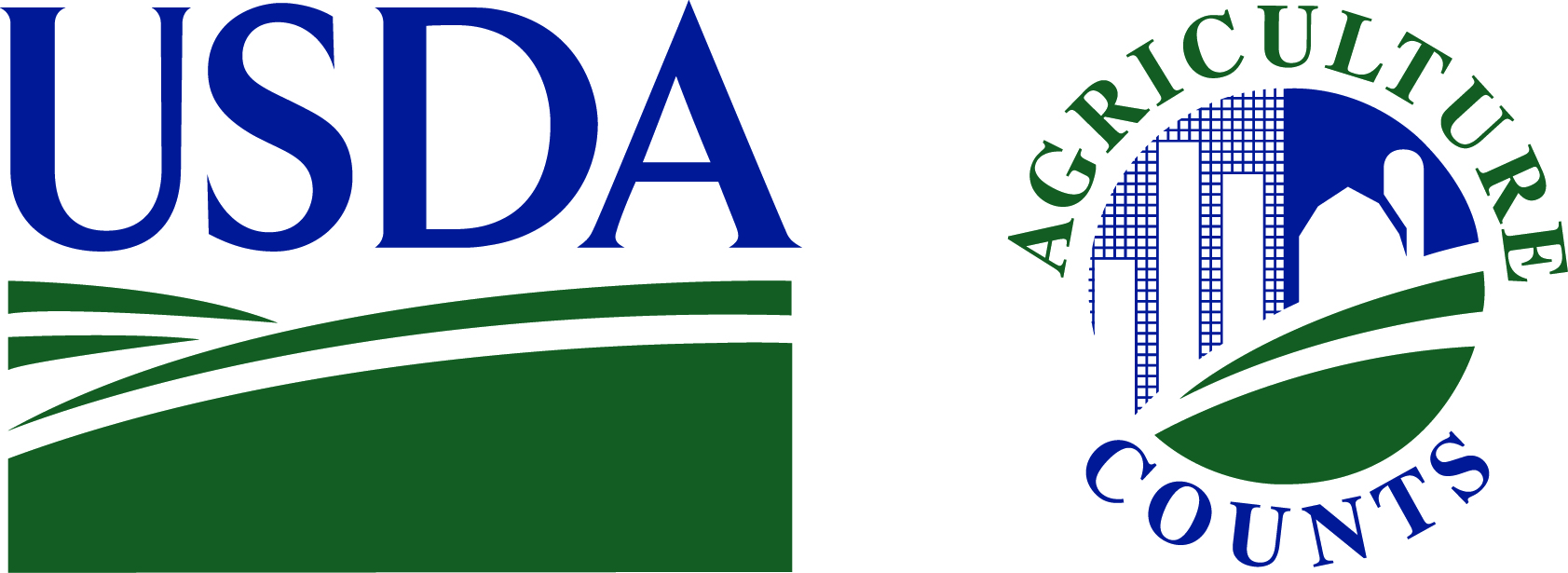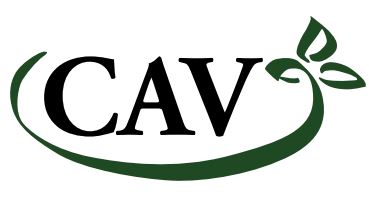And the garden is transformed again.
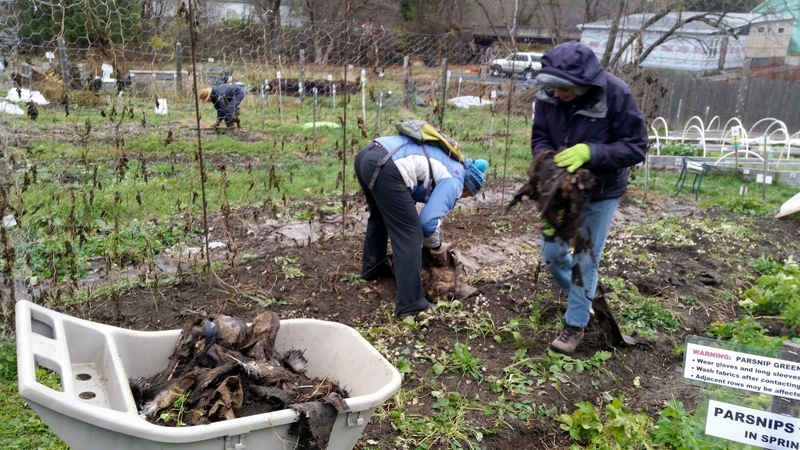
Gathering coffee bags that once “paved” the garden walkways. The bags break down over the season. We pull them up because we rotate crops from bed to bed, and reconfigure planting patterns from season to season. The more burlap we gather, the less gets caught in the tiller. The bags will go to a large composting operation.
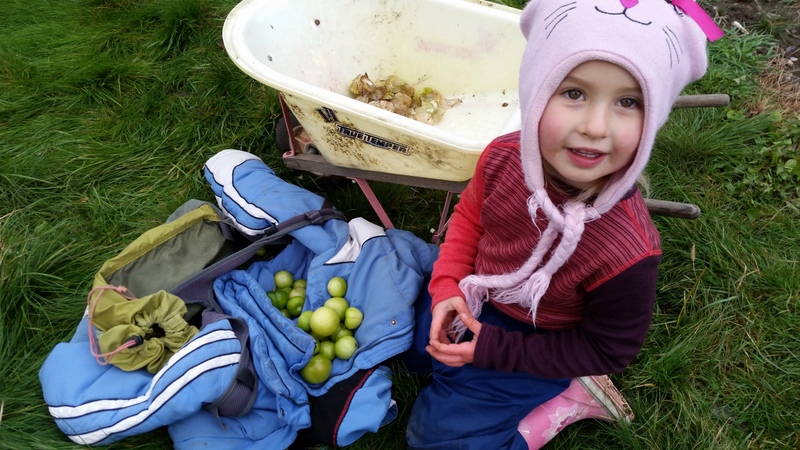
Maya with tomatillos. We’re still finding edible fruit. For next year, gardener Ned has used this year’s tomatillos to start a self-seeding tomatillo bed. Voila! More food with less work.
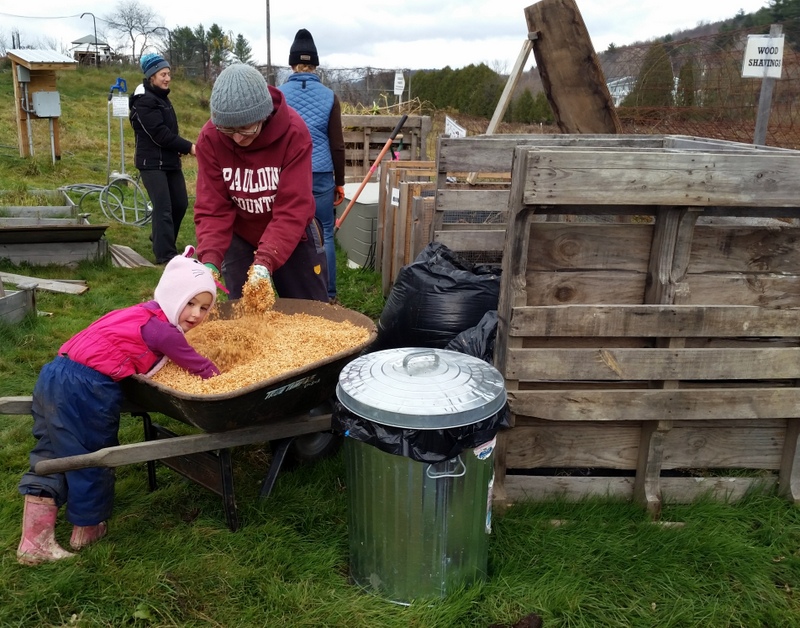
Maya and Emma layer wood shavings over composted horse manure. A garden work party often includes turning the compost. Today, garden scraps and food waste were moved into Bin 1, while compost-further-in-progress was moved to other bins.

Maya is clearly Ruler of the Dirt Pile. Community members have dropped off bagged leaves for us to spread on the garden beds. Along with compost and manure, this will return nutrients to the soil over the winter.
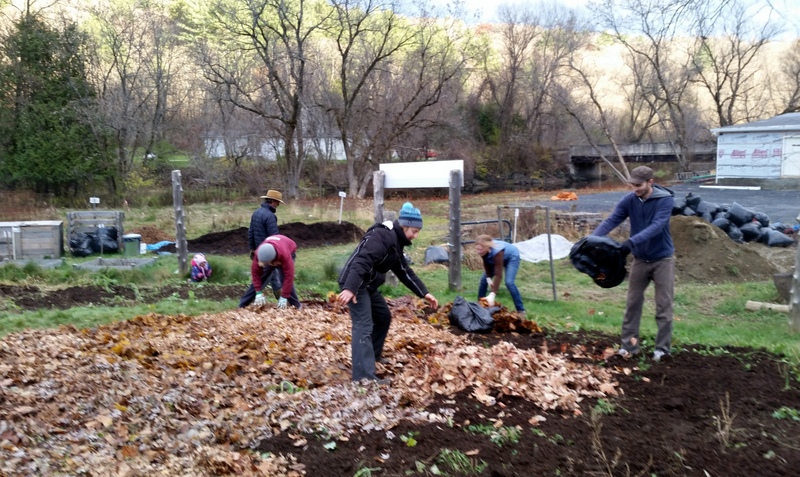
This bed once held alliums: Onions, leeks, scallions, and shallots. We’ve harvested all the food and covered the bed with composted horse manure, cover crop (hairy vetch and winter rye seed), and, finally, leaves.
